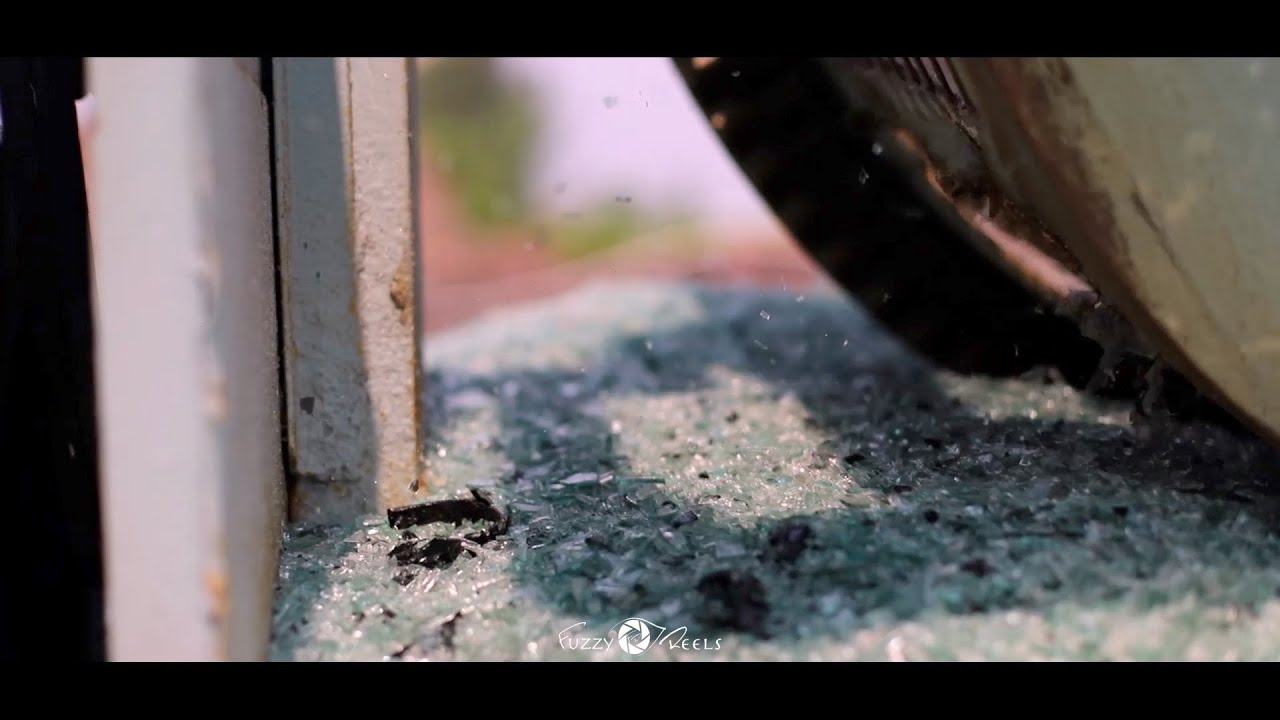Welcome to an insightful journey into the innovative world of recycling, brought to you by FuzzyReels. Today, we delve deep into the fascinating process of windshield recycling at Laxmi Polymers, a company that exemplifies sustainability in the automotive industry. This article is part of the Ministry of Road and Transport’s initiative, From Car to Car, which highlights how various car components are recycled and transformed back into useful automotive products. Specifically, we explore how old car windshields are ingeniously repurposed into durable car mats, completing a full circle of reuse within the automotive ecosystem.
The Importance of Recycling in the Automotive Industry
The automotive industry is a significant contributor to global waste, with millions of vehicles reaching end-of-life every year. Among the many components that become waste, car windshields pose a unique challenge due to their composition. Made primarily of laminated safety glass, windshields are designed to withstand impact and provide visibility, but their layered construction complicates traditional recycling methods.
However, companies like Laxmi Polymers are pioneering approaches that not only address the challenge but also create valuable products from these materials. Recycling windshields not only reduces landfill waste but also conserves raw materials, reduces energy consumption, and lowers the carbon footprint of manufacturing. By turning old windshields into car mats, Laxmi Polymers is contributing to a circular economy where materials cycle back into the automotive supply chain.
Understanding the Composition of Car Windshields
Before diving into the recycling process, it’s essential to understand what makes up a car windshield. Typically, a windshield consists of two layers of glass with a layer of polyvinyl butyral (PVB) sandwiched in between. This PVB layer acts as a glue, holding the glass together upon impact to prevent shattering.
This unique layering is what makes windshield recycling complex. The glass and PVB must be separated efficiently to reclaim usable materials. Laxmi Polymers has developed a specialized industrial process that effectively handles these materials, ensuring minimal waste and maximum resource recovery.
The Windshield Recycling Process at Laxmi Polymers
At the heart of Laxmi Polymers’ operations is a meticulous process that transforms old windshields into raw materials suitable for manufacturing car mats. The process can be broken down into several key stages:
1. Collection and Sorting
The journey begins with collecting used and damaged windshields from various sources, including automotive repair shops, scrapyards, and vehicle dismantlers. These windshields are then sorted to remove any non-glass contaminants such as metal trims, adhesives, and rubber seals.
2. Mechanical Processing
Once cleaned, the windshields undergo mechanical processing where they are crushed into smaller pieces. This step facilitates the separation of glass from the PVB layer. Specialized crushing equipment ensures that the glass is broken down without contaminating the materials, maintaining the integrity of the separated components.
3. Separation of Glass and PVB
The crushed material is further processed to separate glass fragments from the PVB film. This separation is critical because both materials have different applications. The glass, once cleaned and sorted by size, is used as a raw material in manufacturing new products, while the PVB film is transformed into polymers suitable for making durable car mats.
4. Refining and Preparation
The separated materials are then refined. Glass particles are washed and screened to remove any impurities. The PVB is treated and processed into polymer granules that can be melted and molded. These granules serve as the base material for creating resilient car mats that offer durability and safety.
5. Manufacturing of Car Mats
The final stage involves molding the polymer granules into car mats. These mats are designed to withstand wear and tear, providing protection to vehicle interiors from dirt, moisture, and abrasion. The mats produced from recycled windshield materials meet industry standards for quality and durability, showcasing the effectiveness of the recycling process.
Benefits of Recycling Windshields into Car Mats
The transformation of windshields into car mats is more than just a clever reuse of materials; it offers several environmental and economic benefits:
- Waste Reduction: Diverting windshields from landfills reduces environmental pollution and the burden on waste management systems.
- Resource Conservation: Recycling glass and polymers reduces the need for virgin raw materials, preserving natural resources like sand and petroleum-based polymers.
- Energy Efficiency: Manufacturing products from recycled materials typically consumes less energy compared to producing from raw resources.
- Cost-Effectiveness: Utilizing recycled materials can lower production costs, making car mats more affordable without compromising quality.
- Environmental Impact: Reducing the extraction and processing of raw materials decreases greenhouse gas emissions and pollution.
Challenges and Innovations in Windshield Recycling
Recycling laminated glass presents unique challenges due to its composite nature. The adhesion of PVB to glass requires precise separation techniques to avoid contamination. Laxmi Polymers has invested in advanced machinery and processes that overcome these hurdles, enabling efficient recycling at scale.
Innovations in chemical treatment and mechanical separation are continually improving the quality and yield of recycled materials. Research into alternative uses for PVB polymers is also expanding, opening new avenues for sustainability in automotive recycling.
The Role of the Ministry of Road and Transport’s “From Car to Car” Initiative
This recycling effort is part of a broader government initiative, From Car to Car, aimed at promoting sustainable practices within the automotive sector. The initiative encourages manufacturers, recyclers, and consumers to embrace circular economy principles, ensuring that automotive components are reused and repurposed rather than discarded.
By showcasing successful examples like Laxmi Polymers’ windshield recycling, the initiative hopes to inspire further innovation and adoption of eco-friendly technologies. This aligns with national goals of reducing environmental pollution, conserving resources, and fostering green industries.
Conclusion: Driving Sustainability Forward
The transformation of car windshields into durable car mats at Laxmi Polymers is a shining example of how industrial ingenuity can address environmental challenges while supporting economic growth. This process not only extends the lifecycle of automotive materials but also contributes to a cleaner, greener future.
As consumers and industry stakeholders, supporting such recycling innovations is crucial. By choosing products made from recycled materials and encouraging sustainable manufacturing, we collectively reduce our environmental footprint and promote a circular economy.
Through initiatives like From Car to Car, the automotive industry is taking significant steps toward sustainability. The journey of a windshield—from a safety component in a car to a protective mat inside another—is a testament to the power of recycling and responsible manufacturing.
Let’s continue to support and celebrate these efforts that keep our roads safer and our planet healthier.
Do follow us at our Ig page (@fuzzyreels), Youtube (FuzzyReels) and Quora(FuzzyReels) as well.








